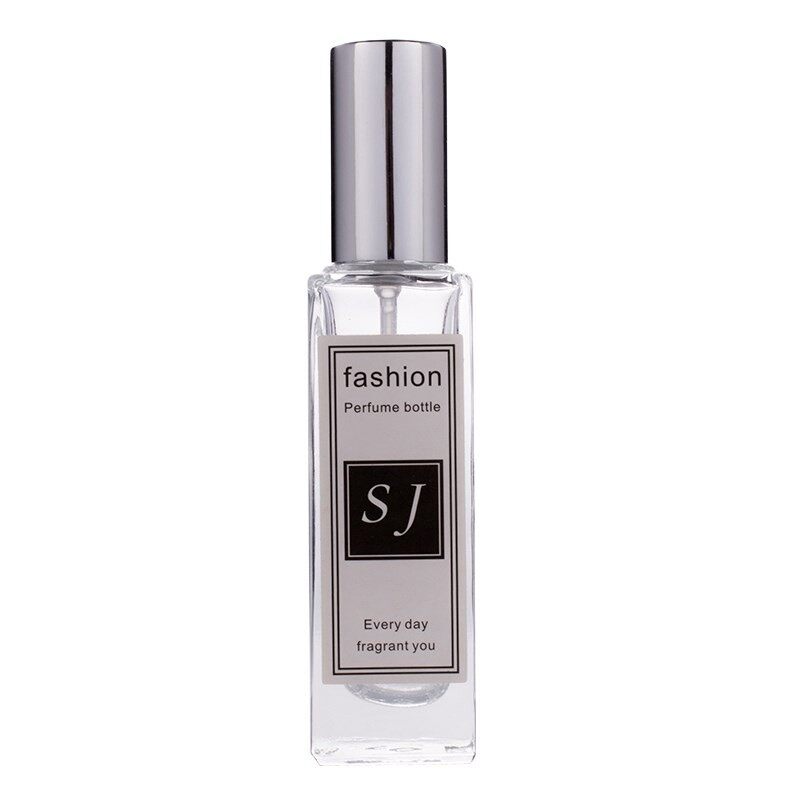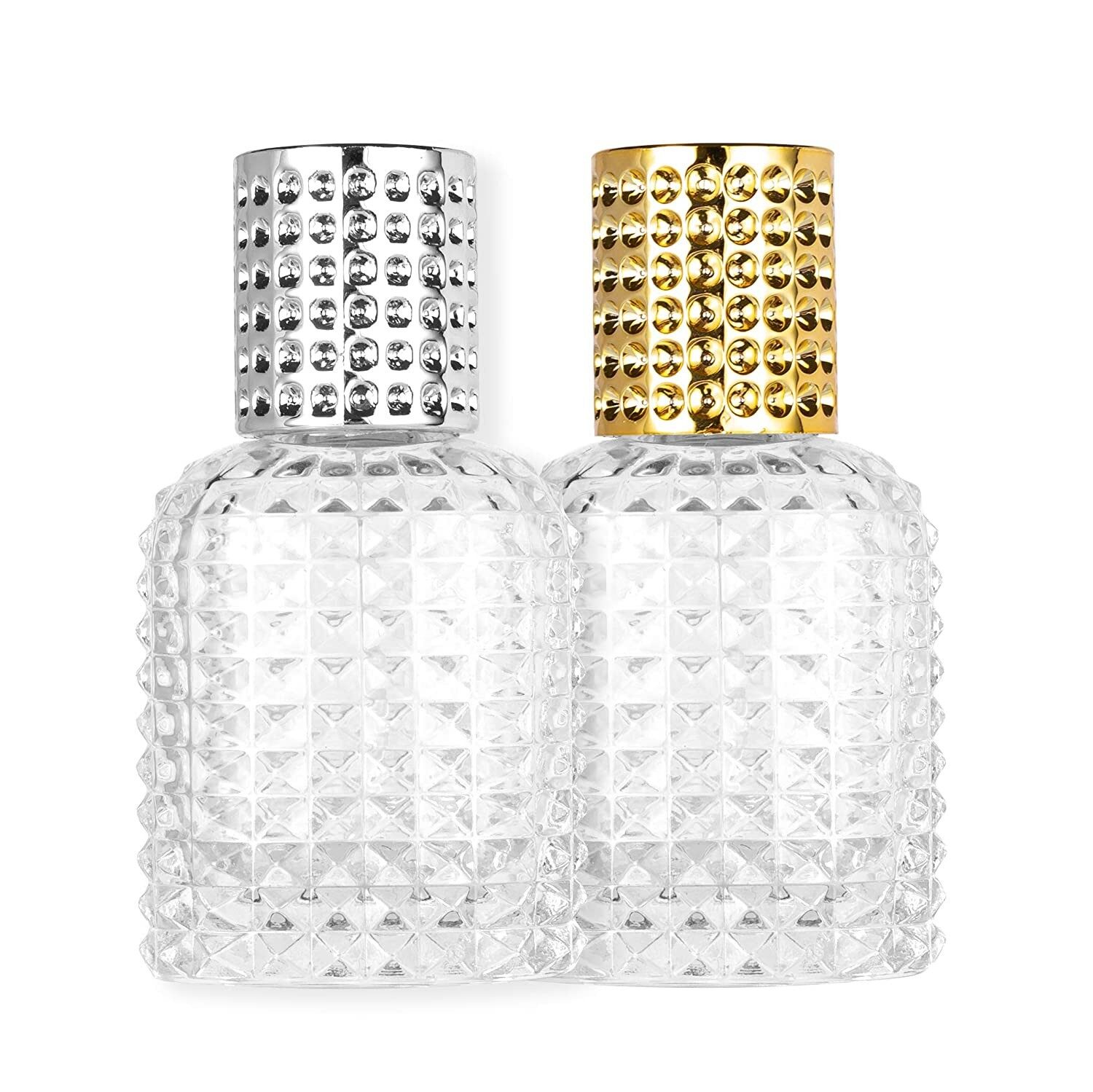Email cannot be empty
Password cannot be empty
Email format error
Email cannot be empty
Email already exists
6-20 characters(letters plus numbers only)
The password is inconsistent
Email format error
Email cannot be empty
Email does not exist
6-20 characters(letters plus numbers only)
The password is inconsistent

Feihong Glass/News

The Ultimate Guide to Perfume Glass Bottle 30ml Factories
Perfume is an art form that captivates our senses, and the glass bottle it comes in is an essential part of the experience. In this comprehensive guide, we will delve into the world of perfume glass bottle 30ml factories. Join us as we explore the intricacies of this industry and uncover the secrets behind the creation of these exquisite vessels.
The Evolution of Perfume Bottles:
1.1 A Brief History of Perfume Bottles
Perfume bottles have a rich history that dates back thousands of years. In ancient times, perfumes were stored in simple clay or glass containers. As the art of perfumery evolved, so did the design of the bottles. From the ornate crystal bottles of the Renaissance to the sleek and minimalist designs of the modern era, perfume bottles have become works of art in their own right.
1.2 From Simple to Extravagant: The Evolution of Design
Over the centuries, perfume bottle designs have evolved to reflect the changing tastes and trends of society. From intricate engravings and hand-painted details to innovative shapes and materials, each era has brought its own unique style to the world of perfume packaging.
1.3 The Rise of 30ml Bottles: A Perfect Balance
In recent years, 30ml perfume bottles have gained popularity among both consumers and perfume brands. These bottles strike a perfect balance between being compact enough for travel and offering a sufficient amount of fragrance to last for a considerable period. Their convenient size makes them ideal for everyday use and allows consumers to experiment with different scents without committing to a larger bottle.
Understanding Perfume Glass Bottle 30ml Factories:
2.1 The Role of Glass in Perfume Packaging
Glass is the preferred material for perfume bottles due to its ability to preserve the fragrance and its aesthetic appeal. It is impermeable to air and light, ensuring that the perfume remains fresh and unaffected by external factors. Glass also offers endless possibilities for customization, allowing brands to create unique and eye-catching designs.
2.2 The Importance of Quality Control
Perfume glass bottle factories prioritize quality control to ensure that each bottle meets the highest standards. From the selection of raw materials to the final inspection, every step of the manufacturing process is closely monitored. This attention to detail guarantees that the bottles are free from defects and meet the expectations of both brands and consumers.
2.3 Round Perfume Bottle Factories: A Closer Look
Round perfume bottle factory specializes in producing bottles with a classic and timeless shape. These factories have the expertise and equipment to create perfectly symmetrical bottles that are pleasing to the eye and comfortable to hold. The round shape also allows for easy labeling and branding, making it a popular choice among perfume brands.
The Manufacturing Process:
3.1 Glass Production: From Sand to Silica
The first step in creating perfume glass bottles is the production of glass. Sand is melted at high temperatures to form molten glass, which is then shaped into cylindrical rods called gobs. These gobs are cut into smaller pieces and reheated to become molten glass again.
3.2 Molding Techniques: Creating the Perfect Shape
Molding is a crucial step in the manufacturing process, as it determines the shape and size of the bottle. There are various molding techniques used, including blow molding, press-and-blow molding, and injection molding. Each technique has its advantages and is chosen based on the desired design and production volume.
3.3 Decorating the Bottles: Adding Elegance and Charm
Once the bottles are molded, they can be decorated to enhance their visual appeal. Techniques such as screen printing, hot stamping, and acid etching are used to apply labels, logos, and decorative patterns. These embellishments add a touch of elegance and charm to the bottles, making them stand out on store shelves.
3.4 Assembling and Packaging: The Final Touches
After the bottles are decorated, they go through the assembly and packaging process. This involves attaching the spray pumps or caps, inserting the fragrance, and sealing the bottles. The bottles are then carefully packaged to ensure they reach their destination in perfect condition.
Choosing the Right Perfume Glass Bottle 30ml Factory:
4.1 Factors to Consider: Quality, Price, and Lead Time
When selecting a perfume glass bottle factory, brands need to consider several factors. Quality should be the top priority, as the bottles represent the brand’s image and reputation. Price and lead time are also important considerations, as they impact the overall cost and timeline of production.
4.2 Researching and Shortlisting Potential Factories
Brands should conduct thorough research to identify potential perfume glass bottle factories. Online directories, trade shows and industry forums are valuable resources for finding reputable manufacturers. Shortlisting a few factories based on their capabilities, experience, and customer reviews is a crucial step in the selection process.
4.3 Visiting the Factory: Assessing Facilities and Capabilities
Before finalizing a partnership, brands should visit the shortlisted factories to assess their facilities and capabilities firsthand. This allows them to evaluate the factory’s production capacity, quality control processes, and adherence to ethical and environmental standards. It also provides an opportunity to discuss specific requirements and expectations.
4.4 Collaborating with the Factory: Building a Long-Term Partnership
Once a suitable factory is chosen, brands can begin collaborating on the production of their perfume bottles. Clear communication, mutual trust, and a shared vision are essential for building a successful long-term partnership. Regular communication and periodic factory visits help maintain a strong relationship and ensure that the brand’s requirements are met consistently.
Trends and Innovations in Perfume Glass Bottle 30ml Factories:
5.1 Sustainable Packaging: Embracing Eco-Friendly Solutions
In response to growing environmental concerns, perfume glass bottle factories are increasingly adopting sustainable practices. This includes using recycled glass, reducing packaging waste, and exploring alternative materials such as biodegradable or compostable packaging.
5.2 Customization and Personalization: Catering to Unique Demands
Consumers today seek personalized experiences, and perfume brands are responding by offering customization options. Perfume glass bottle factories are equipped to handle unique requests, such as custom shapes, colors, and finishes. This allows brands to create bottles that truly reflect their identity and resonate with their target audience.
5.3 Technological Advancements: Enhancing Efficiency and Precision
Perfume glass bottle factories are embracing technological advancements to improve efficiency and precision in the manufacturing process. Automation, robotics, and advanced machinery enable faster production, higher accuracy, and reduced wastage. These innovations not only streamline operations but also contribute to the overall quality of the bottles.
Case Studies: Success Stories in the Perfume Glass Bottle Industry:
6.1 The Story of a 30ml Bottle: From Concept to Shelf
This case study follows the journey of a 30ml perfume bottle, from the initial design concept to its arrival on store shelves. It highlights the collaboration between a perfume brand and a glass bottle factory, showcasing the various stages of production and the challenges overcome along the way.
6.2 Collaborative Partnerships: Brands and Factories Working Hand in Hand
This case study explores successful collaborations between perfume brands and glass bottle factories. It showcases how open communication, shared goals, and a commitment to quality have resulted in long-term partnerships that have benefited both parties.
6.3 Global Reach: Exporting Perfume Bottles to International Markets
This case study focuses on the global reach of perfume glass bottle factories. It highlights the challenges and opportunities of exporting bottles to international markets, including navigating regulatory requirements, cultural preferences, and logistical considerations.
Conclusion:
Perfume glass bottle 30ml factories play a crucial role in the creation of exquisite vessels that house our favorite fragrances. From the evolution of design to the manufacturing process and the latest trends, this guide has provided a comprehensive overview of this fascinating industry. Whether you are a perfume brand looking for the perfect bottle or an enthusiast curious about the craftsmanship behind these works of art, understanding the world of perfume glass bottle factories is essential. So, next time you hold a 30ml bottle in your hands, remember the intricate journey it took to reach you.

